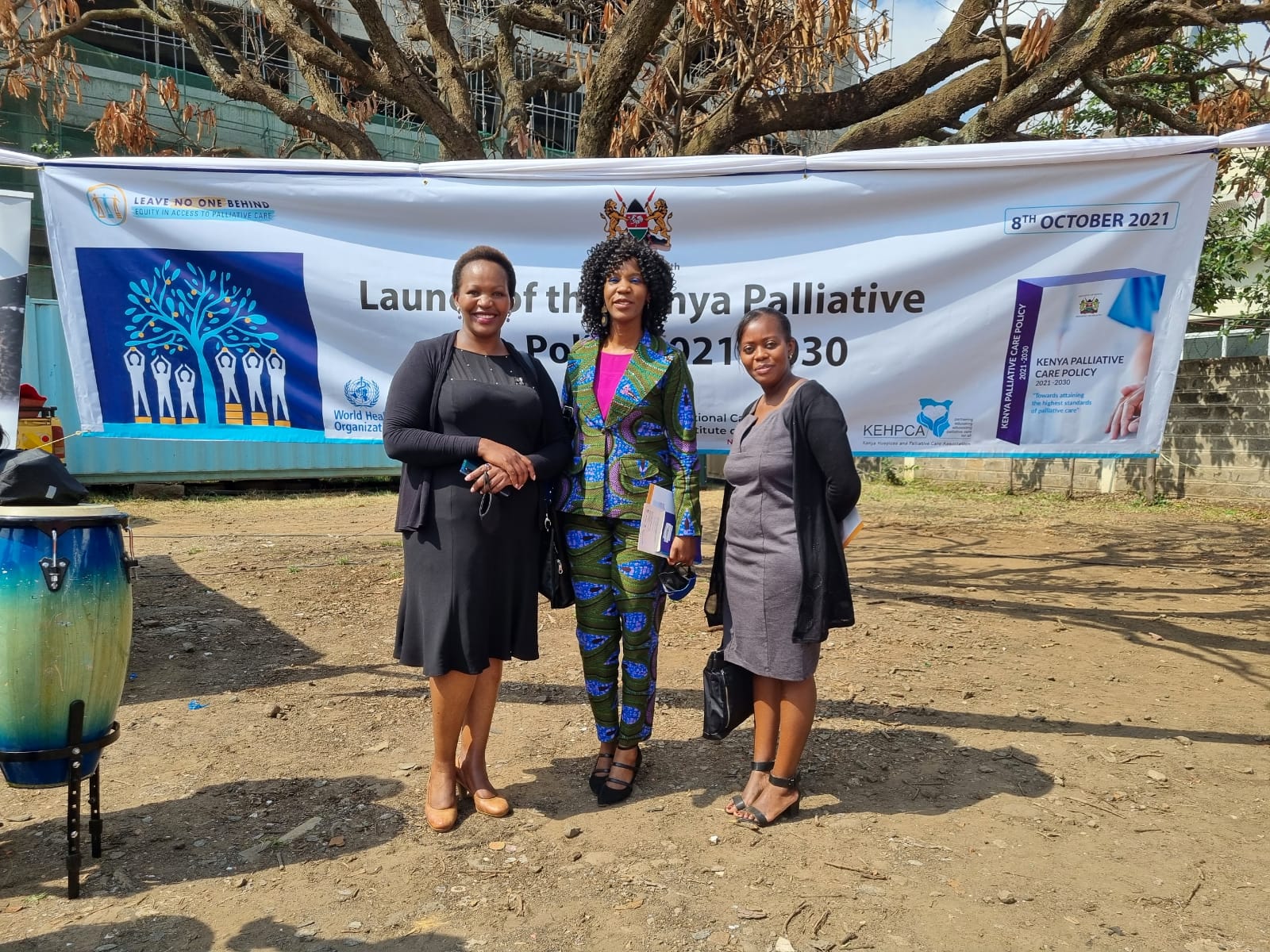Recommendations for Cancer Screening and Early Diagnosis

BREAST CANCER
Promotion of breast awareness and education of women on breast health is important in screening and early detection.
Mammography is the recommended mode of screening for breast cancer; breast magnetic resonance imaging (MRI) may be used in selected high- risk populations.
Breast Self-Examination (BSE), clinical breast examination (CBE) and ultrasound are not screening modalities but are complementary to mammography.
Blood tests are not used to screen for breast cancer.
Age of screening is generally 40 years and above but this is often dependant on risk assessment as well.
Breast, cervix uteri, oesophagus, prostate and colorectum are the leading types of new cancer cases in both males and females across all ages, with oesophageal cancer being the leading cause of cancer deaths, followed by cervical cancer and then breast cancer
Ministry of Health, Kenya
CERVICAL CANCER
Screening should be done for women aged 25 to 49 years. Testing for the human papilloma virus (HPV) is recommended as the primary screening method; visual inspection with acetic acid (VIA) alone, or combined with visual inspection with Lugol’s iodine (VILI) may be used where HPV testing is not available, while pap smear may be used in specified cicumstances.
COLON CANCER
Fecal occult blood test (FOBT) or fecal immunochemical test (FIT) is recommended for people with average risk and colonoscopy for high risk groups. Frequency of screening is 5 years but should be more frequent for high risk groups.
PROSTATE CANCER
There is no role for mass screening for prostate cancer. Screening should be a highly individualized decision between a client and his caregiver after clear information is provided for risks vs. benefits. Screening should target men aged 40 years and above of African descent. Patients with a PSA >4ng/ml should be referred to a urologist for further management. There is no role of prostate ultrasound in screening.
OESOPHAGEAL CANCER
Screening modality of choice is endoscopy (white light endoscopy, Lugol’s chromoendoscopy or narrow band imaging endoscopy). Targeted screening is advised for people with first degree relatives with biopsy proven oesophageal cancer, asymptomatic people living in high-risk areas, patients treated for head and neck squamous cell carcinoma and those with caustic acid ingestion.
ORAL CANCER
The recommended screening/early diagnosis methods are visual inspection, imaging, exfoliative cytology and incisional biopsy.
CHILDHOOD CANCER
The majority of childhood cancers are not amenable to screening and emphasis is therefore on early detection. Screening of childhood cancers is recommended mainly for hereditary retinoblasto- ma, certain genetic syndromes and in childhood cancer survivors.
TUMOR MARKERS
These have no role in routine cancer screening. PSA & CA 125 are useful for screening high risk individuals with either a strong family history or with specific risk factors for prostate and ovarian cancers respectively.


Leave a comment